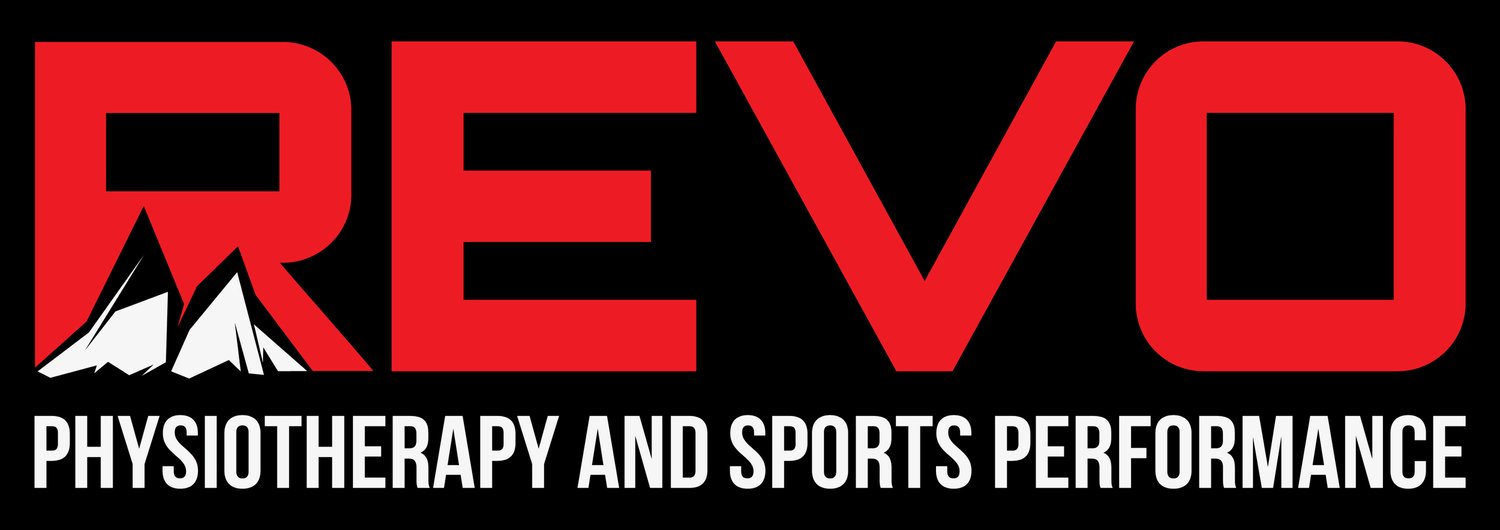Improving overhead shoulder function through thoracic mobility: A starter pack
When it comes to achieving optimal upper body performance, the link between thoracic mobility and shoulder function is crucial, especially for overhead movements like vertical pressing and pulling - military press, barbell or kettlebell snatches, pull-ups, etc. Understanding and addressing this connection is essential for both preventing and treating shoulder issues. Let’s explore why thoracic mobility is vital for effective overhead shoulder function and how you can improve this important link in your overall health and performance.
The Thoracic Spine: A Key Player in Overhead Movements
The thoracic spine, located in the upper and mid-back, consists of 12 vertebrae (T1-T12). This region is designed for both stability and a certain degree of mobility, allowing for the necessary movement and function of the upper body. Thoracic mobility is particularly important for activities that involve lifting the arms overhead, whether it’s reaching for something on a high shelf, performing an overhead press, or participating in sports like swimming or basketball.
The Impact of Thoracic Mobility on Overhead Shoulder Function
Range of Motion: Effective overhead shoulder function requires a significant range of motion. Adequate thoracic mobility ensures that the shoulder blade (scapula) can move correctly and align properly during overhead activities. A restricted thoracic spine can limit the ability to fully lift the arms overhead, leading to compensatory movements and potential injuries.
Posture and Alignment: Poor thoracic mobility often results in a rounded upper back (kyphosis) and forward head posture. This misalignment places extra stress on the shoulder joints and muscles, particularly during overhead movements. Improving thoracic mobility is key to maintaining an upright posture, allowing for a more natural and stress-free overhead arm movement.
Scapular Motion: The scapula plays a crucial role in shoulder mechanics, especially in overhead activities. Restricted thoracic mobility can impede the scapula’s ability to rotate and tilt correctly, which is necessary for lifting the arms overhead. Enhancing thoracic mobility facilitates proper scapular motion, ensuring efficient and pain-free overhead shoulder function.
Muscle Recruitment and Coordination: The muscles surrounding the shoulder, including the rotator cuff and scapular stabilizers, rely on the thoracic spine for proper recruitment and coordination. Restricted thoracic movement can disrupt the normal firing patterns of these muscles, compromising shoulder stability and control during overhead activities. Improving thoracic mobility ensures that these muscles work synergistically to support overhead shoulder function.
Injury Prevention: Many shoulder injuries, such as impingement syndromes and rotator cuff tears, can be traced back to poor thoracic mobility. When the thoracic spine is stiff, the shoulder compensates by overworking certain muscles and joints, increasing the likelihood of injury during overhead activities. Maintaining good thoracic mobility reduces the strain on your shoulders and lowers the risk of developing chronic issues.
Exercises to Improve Thoracic Mobility for Overhead Shoulder Function
Incorporating specific exercises into your routine can significantly enhance thoracic mobility and, consequently, overhead shoulder function. Here are a few effective exercises:
Thoracic Extension on a Foam Roller:
Lie on your back with a foam roller placed horizontally under your upper back.
Support your head with your hands and gently arch your back over the roller.
Hold for a few seconds and repeat along different segments of your thoracic spine.
Cat-Cow Stretch:
Start on your hands and knees in a tabletop position.
Alternate between arching your back (cow pose) and rounding it (cat pose).
Focus on moving each vertebrae segmentally for maximum mobility.
Thread the Needle:
Begin on your hands and knees.
Reach one arm under your body and through the opposite side, rotating your torso.
Return to the starting position and repeat on the other side.
Seated Thoracic Rotation:
Sit on a chair with your feet flat on the ground.
Cross your arms over your chest and rotate your upper body to one side, keeping your hips stable.
Repeat on the other side, aiming to increase your range of motion with each repetition.
Wall Angels:
Stand with your back against a wall, feet slightly away from the wall.
Flatten your lower back against the wall and raise your arms to form a "W" shape.
Slowly slide your arms up to a "Y" shape, keeping them in contact with the wall.
Return to the starting position and repeat.
Thoracic mobility plays a pivotal role in ensuring optimal overhead shoulder function. By incorporating thoracic mobility exercises into your physical therapy routine, you can enhance your shoulder range of motion, improve back pain & posture, support muscle function, and reduce injury risk during overhead activities. Remember, a healthy thoracic spine is the foundation for a healthy upper body, and prioritizing this aspect of your health will pay dividends in the long run.
If you’re experiencing shoulder issues or want to optimize your overhead shoulder function for pressing, pulling, etc. contact us to get started with a detailed plan that is specific to you and your goals. Your shoulders—and your entire upper body—will thank you!

